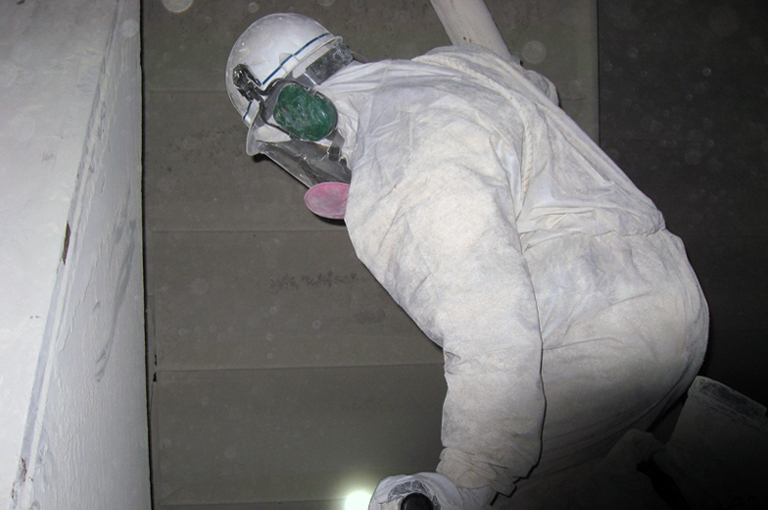Use Differential Pressure Set Points to Prevent Baghouse Over-Cleaning
The typical filter media in a baghouse, with the exception of PTFE, relies on a controlled dust layer to capture fine particulate and protect bags from premature blinding restriction. (Blinding occurs when particulate becomes trapped within the fabric’s indices.) If this dust layer is constantly being removed due to over-cleaning, the result is excessive emissions and greatly reduced bag life.
Preventing over-cleaning is best done by controlling the baghouse cleaning/dust layer based on differential pressure set point–High and Low. The High set point should initiate cleaning, and the Low set point should stop it.
Both settings are critical, but the Low set point is most important because it optimizes collection efficiency and bag life by ensuring the control dust layer is not being removed. This Low set point should be the minimum differential pressure you would ever want the collector to operate at under normal operating conditions.
Set points vary somewhat depending on the collector’s design and the bag media being used. However, a typical range is 3.0 inches of water for Low and 6.5 inches for High. Check with your bag supplier for operating range recommendations.
Remember: over-cleaning your baghouse is worse than under-cleaning. Always clean based on differential set points to maximize collection efficiency and bag life.
Helpful Resources
KnowledgeBase: Cleaning Sequences Overview
KnowledgeBase: Misconceptions Overview
KnowledgeBase: Use Pulse Jet Valve Sequencing to Optimize Cleaning
Our Capabilities: Intelligent Baghouse Cleaning Systems
KnowledgeBase: Process Analysis & Optimization


